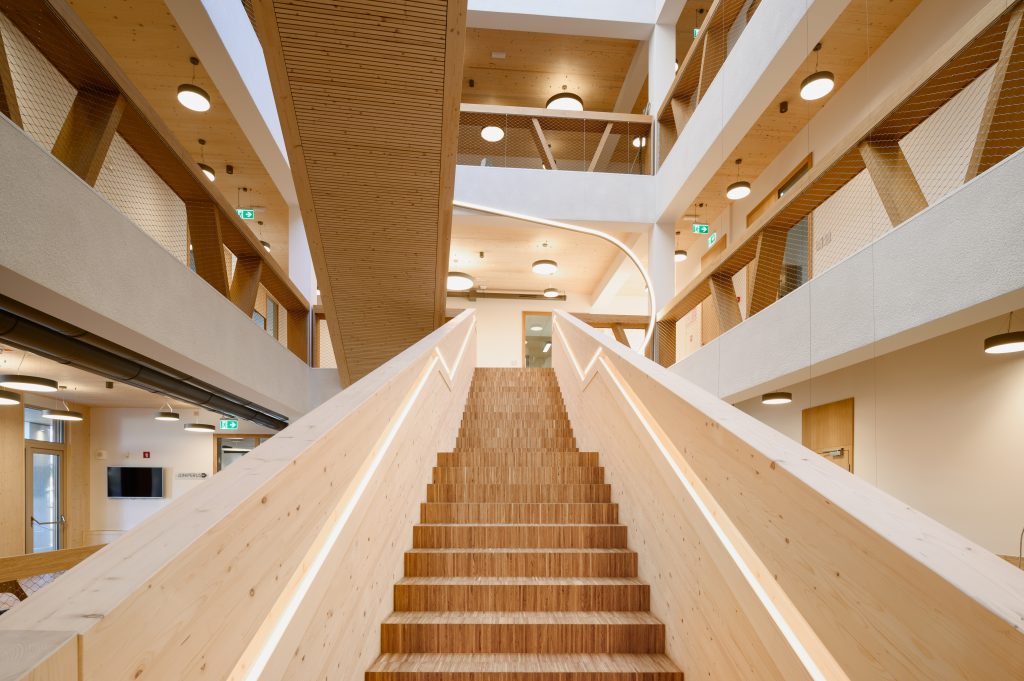
January 7, 2026

In order to promote a wider use of wood in construction researchers needs to investigate several factors that could be improved. For example, the thermo-hydro-mechanical (THM) densification is a well-known wood modification procedure for improving the mechanical properties of low-density wood species. However, it is rarely used especially in construction, even it has excellent mechanical properties in many cases (Sandberg et al. Citation2013). One of the reasons why it is not used as often is the limited knowledge about its performance at elevated temperatures. Wood starts to lose its strength and stiffness when the temperature reaches approximately 65°C. Knowledge of the temperature-dependent reduction of strength and stiffness is an important precondition for estimating the behaviour of a timber construction capacity during and after a fire event.
This is why Lei Han, Dr. Matthew Schwarzkopf, Dr. Jaka Gašper Pečnik, and Dr. Andreja Kutnar, InnoRenew CoE researchers, together with Dr. Ulises Rojas-Alva and Dr. Andrea Lucherini from the Slovenian National Building and Civil Engineering Institute (ZAG), and Dr. Dick Sandberg from Luleå University of Technology, performed a study to determine the bending behaviour of densified Scots pine at elevated temperatures.
A total of 48 specimens were tested to investigate the bending performance under constant temperatures at 25, 50, 125 and 175°C. The THM densification was done is a hot-press, and before the bending test is a four-point bending experiment, all specimens were dried.
The results showed that the modulus of rupture (MOR) and modulus of elasticity (MOE) of both un-densified and densified pine decreased with increasing temperature. However, the densified wood exhibited more brittle shear failure but retained higher MOR and MOE than the untreated specimens treated at the same temperature level.
In general, this results demonstrate that densification can be a potentially an effective method to retain the mechanical properties of wood at elevated temperatures, thereby having a potential maintain the load-bearing capacity during and after fire.
Read the whole article “Exploratory study on the bending performance of thermo-hydro-mechanically densified Scots pine (Pinus sylvestris L.) at elevated temperatures,” (Han et al., 2024) published in Wood Material Science & Engineering.
Author: Lea Primožič
References:
Sandberg, D., Haller, P., and Navi, P., 2013. Thermo-hydro and thermo-hydro-mechanical wood processing: an opportunity for future environmentally friendly wood products. Wood Material Science and Engineering, 8 (1), 64–88.